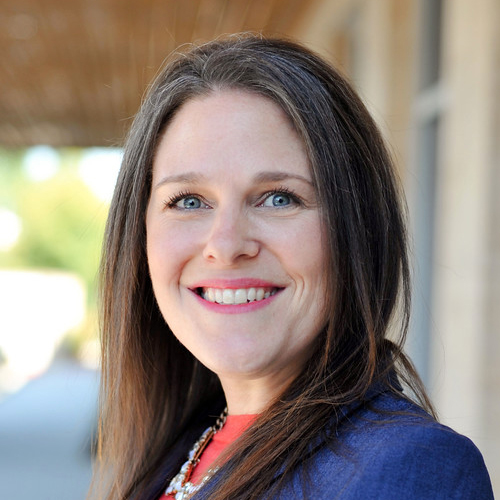Top 5 Fibrous Foods for Seniors
As we age, our bodies require different nutrients to maintain optimal health. One important nutrient that becomes even more crucial for seniors is fiber. Fiber helps with digestion, keeps us feeling full longer, and can even help lower the risk of chronic diseases.
What Are Fibrous Foods?
Before we dive into the top 5 fibrous foods for seniors, let’s first understand what fibrous foods are. Simply put, these are foods that contain a high amount of dietary fiber. Fiber is essential for our digestive system as it helps to regulate bowel movements and keep us feeling full. It also plays a role in maintaining healthy cholesterol levels and blood sugar control.
Top 5 Fibrous Foods for Seniors
- Avocados: These creamy fruits are not only delicious but also packed with fiber. Just one avocado contains around 10 grams of fiber, making it a great addition to your diet. You can add avocados to salads, sandwiches, or even use them as a spread on toast. They also serve as an excellent substitute for mayonnaise.
- Berries: Strawberries, raspberries, blueberries – take your pick! These sweet and juicy fruits are not only high in fiber but also loaded with antioxidants, vitamins, and minerals. You can enjoy them as a snack or add them to your breakfast cereal or yogurt for an extra boost of fiber.
- Beans and legumes: Lentils, chickpeas, black beans – these are all excellent sources of fiber. They are also a great alternative to meat as they provide protein and other essential nutrients. You can add beans and legumes to soups, stews, or make them into dips like hummus.
- Whole grains: Switching from refined grains to whole grains is a simple way to increase your fiber intake. Whole grains include foods like brown rice, whole-wheat pasta, and quinoa. These options are not only high in fiber but also provide other important nutrients like B vitamins and iron.
- Dark leafy greens: Spinach, kale, and collard greens – these leafy vegetables are not only low in calories but also high in fiber. You can eat them raw in salads, or add them to cooked dishes like soups and stir-fries. They are also a great source of vitamins and minerals.
Incorporating These Foods Into Your Diet
Now that you know the top 5 fibrous foods for seniors, it’s time to incorporate them into your diet. Start by adding one of these foods to each meal. For example, have avocado toast for breakfast, a bean and vegetable soup for lunch, and a side of dark leafy greens with dinner. You can also try new recipes that include these fibrous foods or experiment with different combinations to find what works best for you.
The Benefits of a Fibrous Diet
Not only will incorporating these top 5 fibrous foods into your diet help with digestion and keeping you feeling full, but it also has other benefits for seniors. A fibrous diet can help you maintain a healthy weight, lower your risk of heart disease and diabetes, and even improve your overall mood. So why wait? Start incorporating these foods into your diet today and feel the difference in your health. Remember, it’s never too late to take care of yourself and prioritize your health. Your body will thank you for it.
Hungry for more tips on healthy eating? Check out our other blog posts for more advice and recipes.
It’s your life. Live it your way.
WelbeHealth provides full-service healthcare and personalized support to help you age well at home and in your community. Our Program of All-Inclusive Care for the Elderly (PACE) meets the changing needs of seniors, often at no cost. To see if you qualify, visit: welbehealth.com/contact






























































